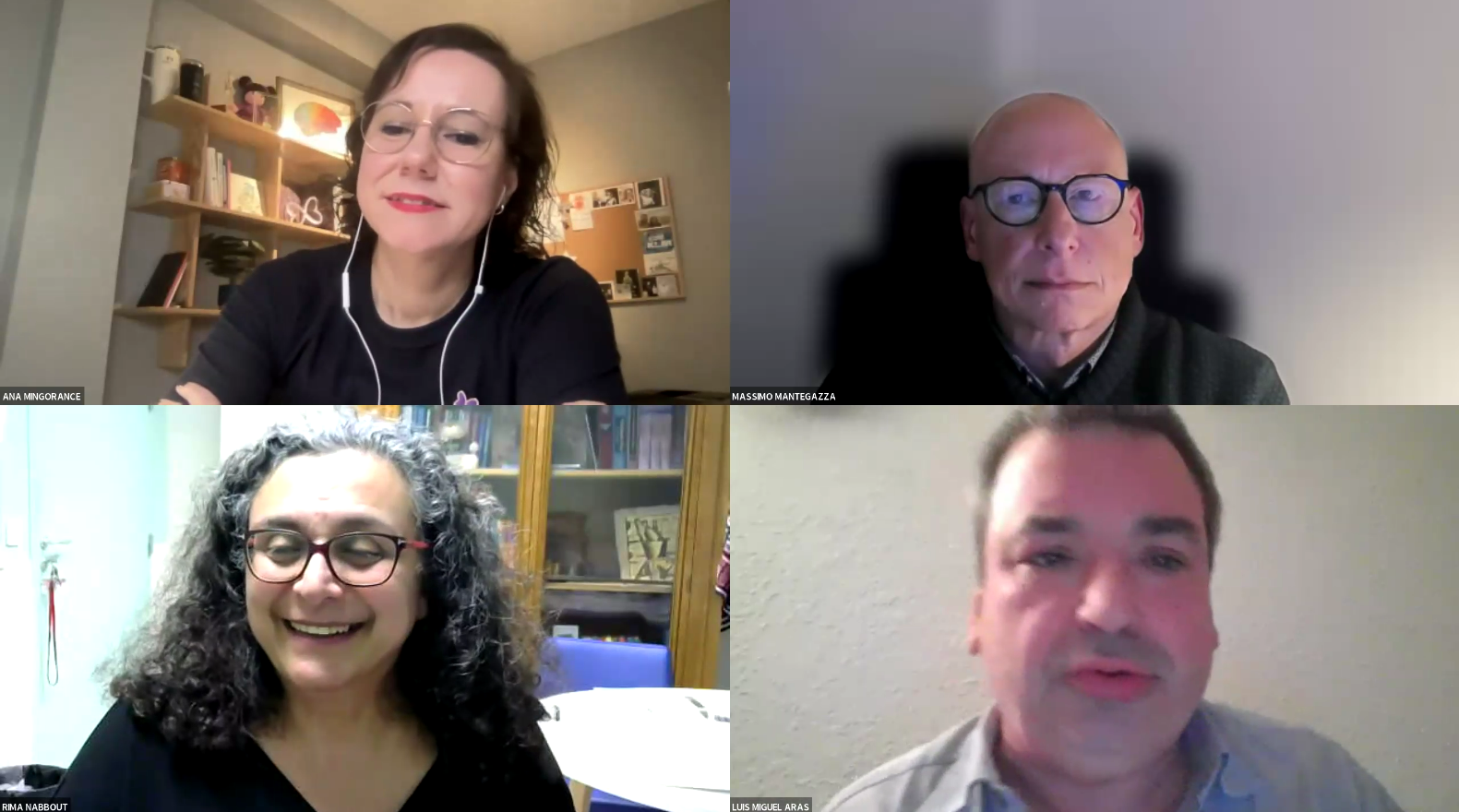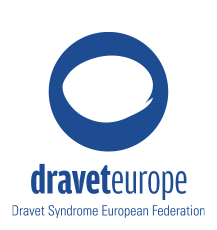
24 Mar 2025 is a great year for Dravet drug research. Learn what’s ahead!
We live in a very interesting period for Dravet Syndrome, with lots of information coming and several options for patients and their carers. And now we don’t only have medicines that treat epilepsy, we have clinical trials that address all the components of the syndrome. It is not all about seizure control, we are now talking about brain development. There are “treatments in development that go after the cause of the disease,” as drug discovery strategist Ana Mingorance said during the webinar Advancing Hope in Dravet Syndrome Treatment.
The webinar, organized on #RareDiseaseDay2025, February 28th, by the Dravet Syndrome European Federation, aimed to give an overview of the many options that are currently under development or already on the market and how basic research can help the development of new drugs. In addition, the aim was also to provide insights on clinical trials impact on families with the aim to provide useful information to families which will help families make a very informed decision for their loved ones in the near future.
There are dozens of treatments for Dravet Syndrome in development – not all of them will make it to the market, as all the experts in the webinar pointed out – from improved variants of the drugs that are already available to various gene therapies addressing the mutations in the SCN1A gene.
And this is a truly interesting period for both scientists and patients. “We are finally looking, in clinical trials, at Dravet Syndrome as a neurodevelopmental disease, a very complex one, with motor, cognitive, behavior, seizures, all of it,” not just as an epilepsy syndrome, Ana Mingorance said. She is the founder of Dracaena Consulting and works with drug developers and rare disease foundations to develop new orphan drugs for epilepsy and rare neurological diseases.
Basic research is paramount in the development of new treatment and precision medicine and preclinical studies are essential to lay the foundations for the development of clinical trials in humans. And it is important to be aware that the road from preclinical studies to worldwide available medicines is long and very complex, as Dr Massimo Mantegazza explained. Researchers try to understand pathological mechanisms and identify therapeutic approaches that should be then translated to patients. This translation is not only about novel drugs, but also other things, for example repurposing already established drugs for new diseases, he said during the webinar.
“Then we can improve knowledge about the disease, such as identifying pathological mechanisms. And this is not just knowledge, basic knowledge, because these pathological mechanisms can be new drug targets. Then we can help in improved diagnosis for patients and also improve the selection of available therapies because often clinicians have a lot of different drugs that can choose to treat a patient,” added Mantegazza, who is Inserm Research Director and Group Leader at the Institute of Molecular and Cellular Pharmacology in France.
His main research interests are targeted to the study of ion channels and their influence on the pathophysiology of neuronal functions, and to the development of innovative strategies for the treatment of pathological cellular excitability. He has developed and studied experimental models of Dravet syndrome, and was one of the lead researchers in the SCN1A-UP! Project.
If the road from basic ideas and preclinical studies to an established medicine is very long and not always smooth, we know that many ideas might not meet the needed thresholds to be approved for human use by regulatory agencies, underlined Rima Nabbout, professor of Paediatric Neurology at University Paris cité and Director of the French reference centre for Rare Epilepsies at Necker Enfants Malades, Paris.
“The preclinical studies … can take much longer time, they might take several years. And what is important to know is that these Preclinical studies, not all of them will reach the trials in humans and it is not a loss of possibilities, but it is important to understand that there is research that cannot be used for a trial, but it’s always valuable to better understand the disease,” Rima Nabbout said in her presentation during the webinar.
She explained all the phases of a clinical trial and who is involved in these types of complex research, but also told caregivers how can patients be included in a trial and what should the expectations be, including eligibility criteria and the ethics of a clinical trial.
“Many new therapies are next door. I will not emphasize that. They are based on interesting mechanisms, they are targeting the gene, they are aiming at the whole disease and not only the seizures. But be aware about expectations and wishlists,” Rima Nabbout told the Dravet community.
In conclusion, what we are seeing in this 2025 is a long journey where some treatments are more advanced than others. Some are in the process to start or finish clinical trials in humans and others are still in preclinical studies. This landscape has been made possible thanks to the constant efforts of all stakeholders, basic researchers, clinicians, industry and the patient community.
The exciting news is about having treatments who modify the disease in its whole expression and not just address the epilepsy, but one must not forget the role of basic research to better address the understanding of the disease and to pave the way for precision medicine for all the population, including patients who maybe will not have the opportunity to benefit from disease modifying therapies.
It is important for patients and their carers to be aware of the timeframe needed to get a drug available to the market and also what elements to consider, together with their doctors, to make informed choices for their loved ones.
The role of DSEF is to provide timely, up-to-date information in a language that families can understand. Thanks to experts who help us achieve this important goal.
